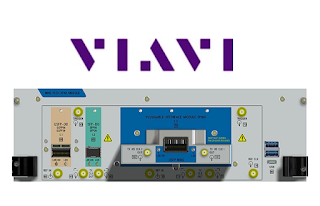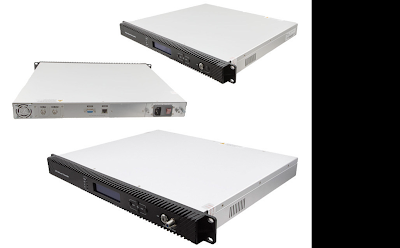Juniper Networks announced enhancements to the Juniper Mist cloud and AI engine, which include EVPN-VXLAN campus fabric management and additional Marvis Actions for proactive problem remediation. The new features within the AI-driven enterprise portfolio that enable customers to scale and simplify the rollout of their campus wired and wireless networks while bringing greater insight and automation to network operators.

The latest additions to Juniper’s AI-driven enterprise include:
AI-driven campus fabric management via the Juniper Mist Cloud: By enabling EVPN-VXLAN campus fabric management via the Juniper Mist Wired Assurance cloud service, Juniper offers the ability to simplify wired, wireless and WAN via a common cloud and AIOps engine. Juniper EVPN-VXLAN fabric leverages the same Juniper platform used to manage wired access in the campus, Juniper Mist Wired Assurance and the Marvis Virtual Network Assistant (VNA), bringing IT administrators unparalleled automation, insight and troubleshooting. The Juniper Mist Cloud empowers administrators to choose a topology, define networks of interest, identify required physical connections and apply the correct underlying policies in a seamless fashion. In addition, the Juniper Mist solution enables customers to leverage a common operational schema across LAN, WLAN and WAN environments, a key part of the Juniper client-to-cloud differentiation.
New Marvis Actions that provide deeper insight for faster problem remediation: Marvis Actions takes insight derived from the Mist AI engine, such as the root cause of a problem, and delivers actionable recommendations for IT managers via a simple dashboard. Additional actions have been added to the Marvis VNA software subscription to detect and correct even more wired/wireless/WAN issues, such as persistently failing wired/wireless clients, bad cables, access point (AP) coverage holes, bad WAN links and insufficient RF capacity, among others.
“Juniper is committed to Experience-First Networking, where our enterprise solutions leverage proactive automation, assured user experiences, agile cloud services and connected security to deliver the best end-user and operator experiences from client-to-cloud,” said Jeff Aaron, Vice President of Enterprise Marketing at Juniper. “In the campus and branch, this means leveraging AIOps, driven by Mist AI and the cloud to maximize user productivity and efficiency while minimizing IT costs through simplified operations and prescriptive insights. Today, we are excited to accelerate in these areas – and further distance ourselves from the competition – with new enhancements to our Juniper Mist Wired Assurance, Wireless Assurance and Marvis Virtual Network Assistant (VNA) cloud services that make it even easier to deploy, operate and troubleshoot campus networks at scale.”



















